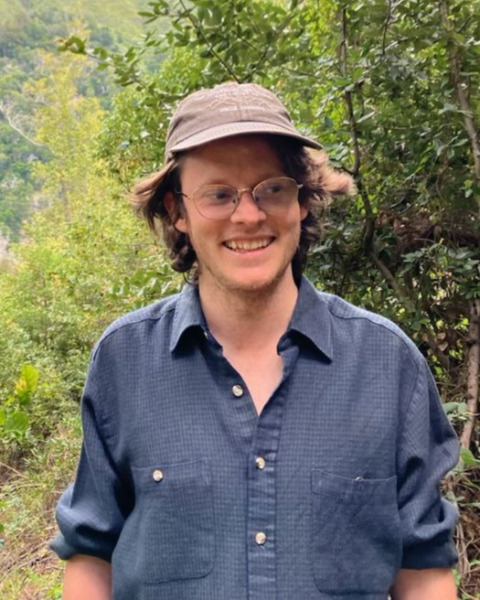Developmental Biology Posters
Poster: Developmental Biology Posters
5 - Downstream branches of receptor tyrosine kinase signaling act interdependently to shape the face
Monday, March 25, 2024
10:15am - 12:15pm US EDT
Location: Sheraton Hall
Poster Board Number: 5
There are separate poster presentation times for odd and even posters.
Odd poster #s – first hour
Even poster #s – second hour
Co-authors:
There are separate poster presentation times for odd and even posters.
Odd poster #s – first hour
Even poster #s – second hour
Co-authors:
Diane Hu - UCSF; Marta Vidal-García - University of Calgary; Charlie Allen - UCSF; Benedikt Hallgrímsson - University of Calgary; Ralph Marcucio - UCSF

Nicholas Hanne, PhD
Postdoctoral Scholar
UCSF
University of California, San Francisco
Oakland, California, United States
Presenting Author(s)
Abstract Body : Signaling via receptor tyrosine kinases (RTK), such as fibroblast growth factor receptors (FGFR) and platelet-derived growth factor receptor, are required for normal formation of the face. Previously we found that increasing FGFR activation in the neural crest cells of chick embryos caused widening and shortening of the midface. These changes in face shape were correlated with disrupted cellular orientation, decreased proliferation, and decreased phosphorylation of ERK1/2, a downstream effector of RTK signaling that has been shown to stimulate proliferation. However, phosphorylation of PI3K and PLCγ, two other prominent downstream pathways of RTK signaling, were not affected. Although the regulation of RTK activation and signaling is complex, they ultimately direct morphogenesis through a limited number of cellular mechanisms such as proliferation and oriented cell movement. Our previous results suggest that different effector cascades downstream from RTK activation have specific roles in driving morphogenesis through changes in cellular activities. In this study we used three small molecules to chemically inhibit MEK1/2, PI3K, and PLCγ in the frontonasal processes (FNP) of chicken embryos to determine the contribution of each downstream branch on morphogenesis of the face through changes at the cellular level. Inhibiting each downstream branch individually caused similar narrowing of the midface, proximodistal truncation on the treated side of the FNP, and increased proximodistal growth in the midline 24 hours after treatment. Each of the inhibitors had similar effects on cellular proliferation, apoptosis, and orientation. Combining all three inhibitors had a stronger effect on FNP shape compared to the individual inhibitor treatments, but not an additive or linear effect. Since the individual inhibitor treatments had similar effects on cellular activities, and since all the inhibitor treatments had similar effects on FNP shape, the downstream branches from RTK activation may have inter-dependent effects on the cellular processes that drive morphogenesis.

